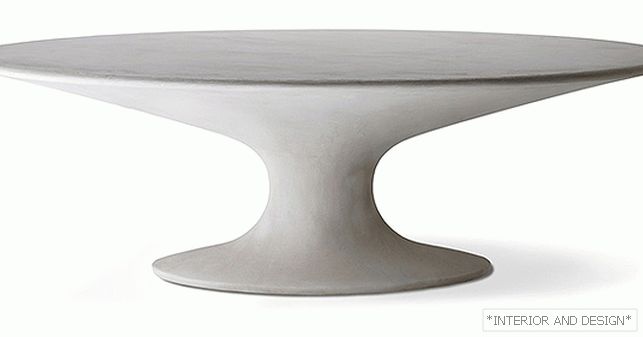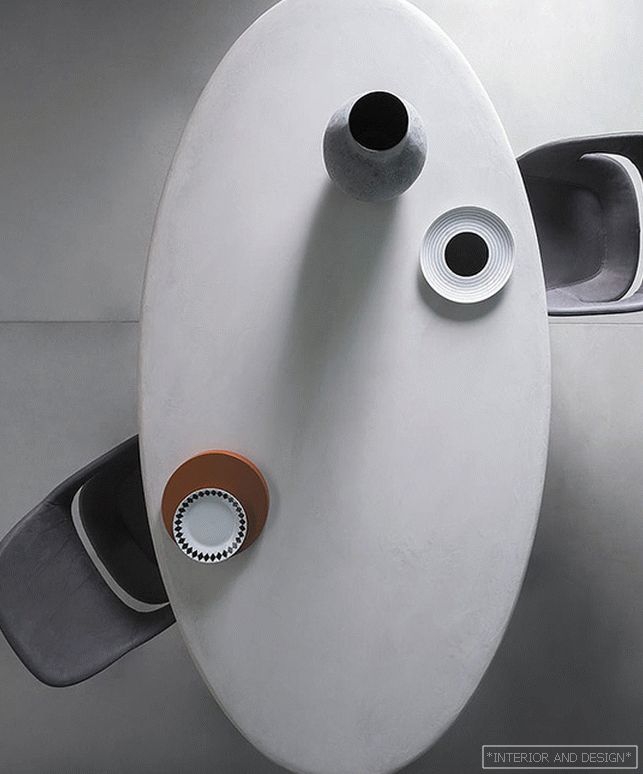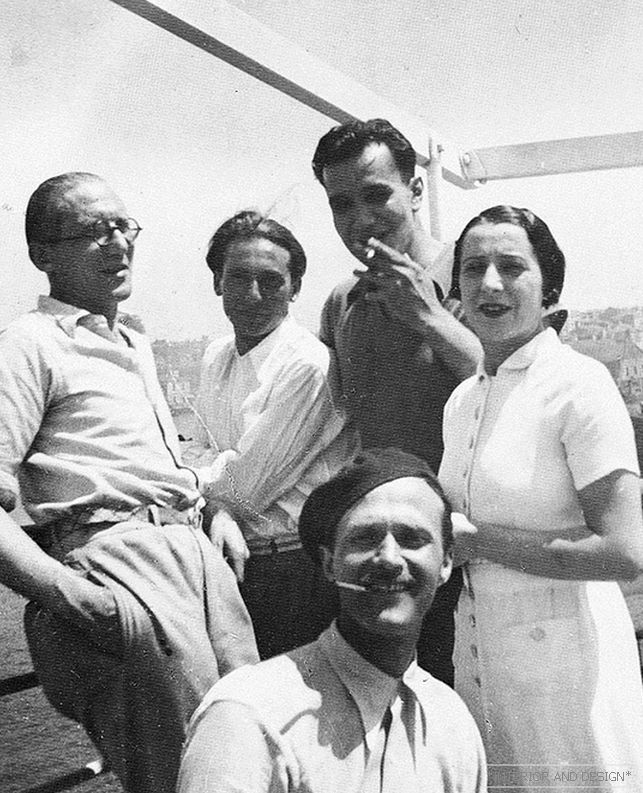The Fenice table (“Phoenix”) by Piero Bottoni was re-released by Zanotta. The circulation is limited. The model is made of Polimex® material with a cement-acrylic coating and treated with dirt-repellent agents with nanotechnological protection based on titanium dioxide.
 The modern version is made of Polimex® material in a light gray tint and is supplemented with a protective coating based on nanotechnology.
The modern version is made of Polimex® material in a light gray tint and is supplemented with a protective coating based on nanotechnology. An exclusive item was designed in 1936 by Italian architect Piero Bottoni (Piero Bottoni, 1903–1973). Bottoni - the legendary figure of Italian design. Rationalist, modernist, communist, associate of Le Corbusier, Bottoni is also known as a major urbanist (according to experts, his plans had a significant impact on the landscape of Italian cities), as well as the initiator of the creation of the Quadrant magazine and Commissioner Triennale. A special place in the career of Bottoni took the creation of furniture. The designer found advanced for its time constructive solutions using unconventional materials. So, Fenice became the first in the history of the dinner table of this size on a single central support. It was made of reinforced concrete.
 The table top has dimensions of 230 x 120 cm. Height - 73 cm. The oval shape of the table is considered the most ergonomic.
The table top has dimensions of 230 x 120 cm. Height - 73 cm. The oval shape of the table is considered the most ergonomic. The first version of the table Fenice Bottoni designed for the interior of the house he built - he became the center of the dining room at the Villa Muggia in Imola. Later Bottini refined the model many times, and also created versions of wood - walnut and pear. The most extreme modification, cast from concrete, had a length of four meters - it was shown at the Milan Triennale in 1951. Symbolic detail: during the Second World War, the villa of Muggia was bombed, but the "Phoenix" miraculously survived.
 Piero Bottoni with Le Corbusier and architect Giuseppe Terranyi (Photo from Bottoni archive).
Piero Bottoni with Le Corbusier and architect Giuseppe Terranyi (Photo from Bottoni archive). The Fenice table is not the first Piero Bottoni object to which Zanotta has noticed. In 1968, the company released the Lira chair, which Bottoni designed in 1920, and in 1989, the writing desk made from bent Somacina pipes, invented by the architect in 1930.
By re-launching the Fenice model, the Italian brand Zanotta continued the tradition of reviving the masterpieces of world design - for example, in his portfolio there are things of the great architect Carlo Mollino. It is important that the company not only renews the release of a particular item, but adapts it to the requirements of our time, using the latest generation technologies and materials.



